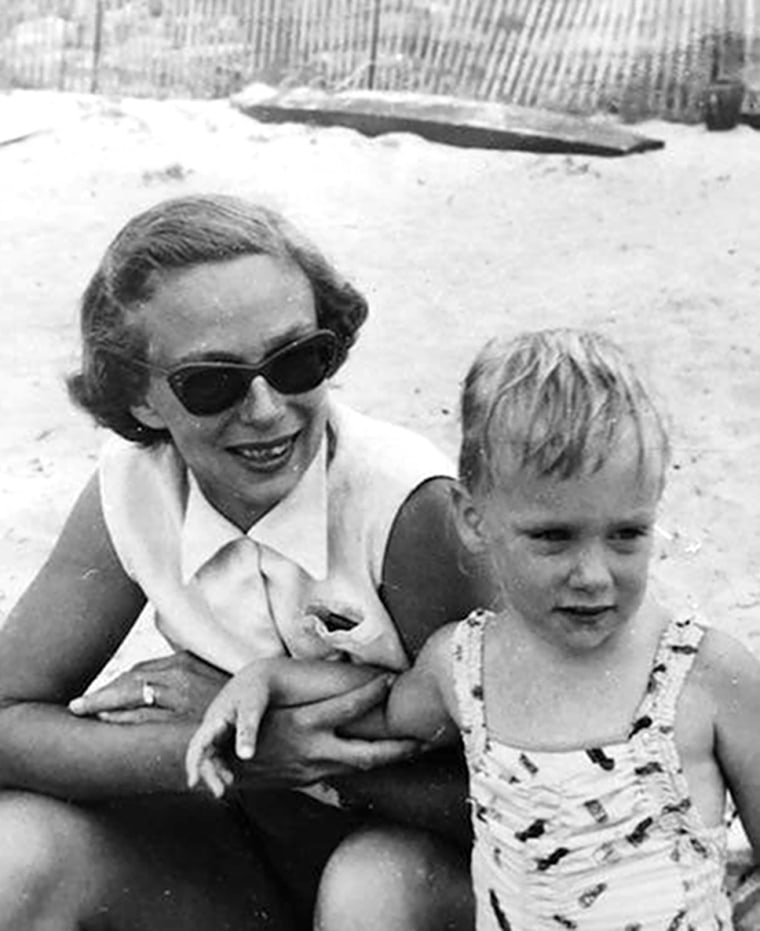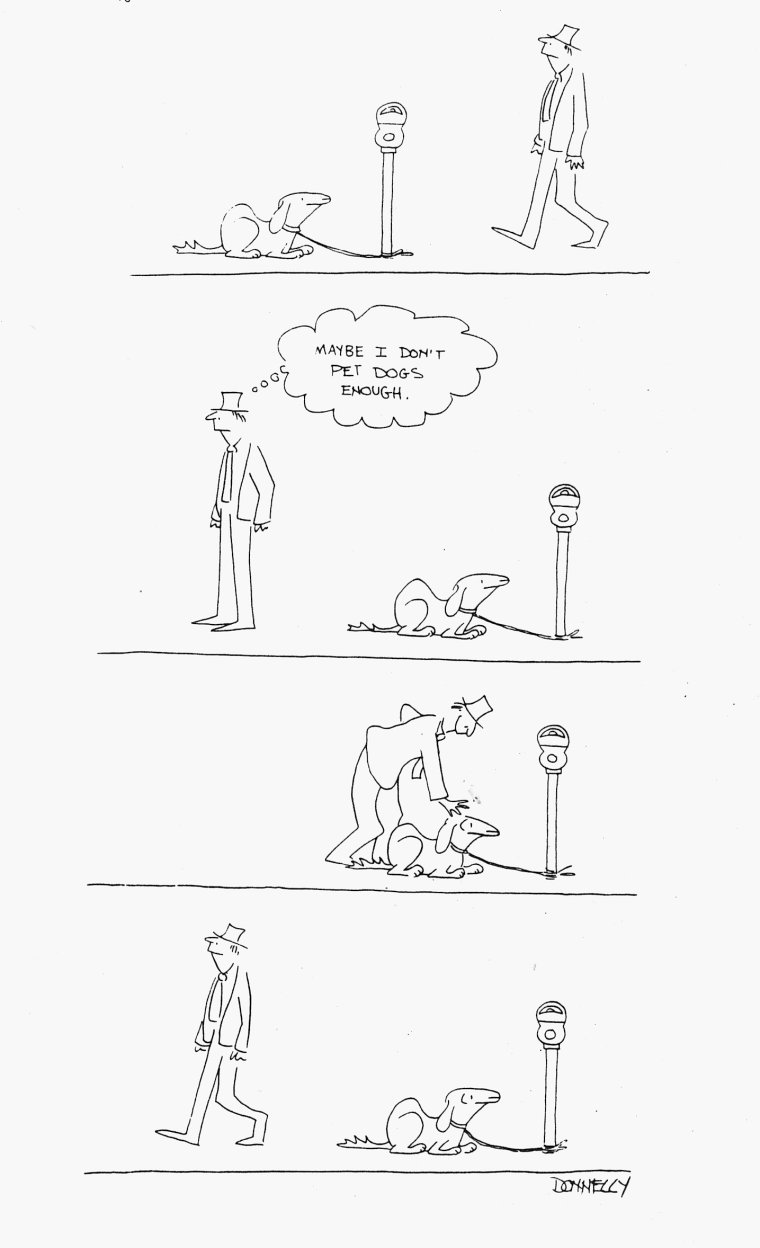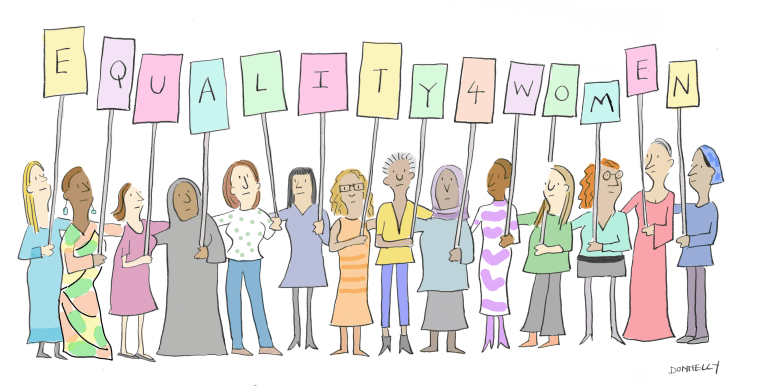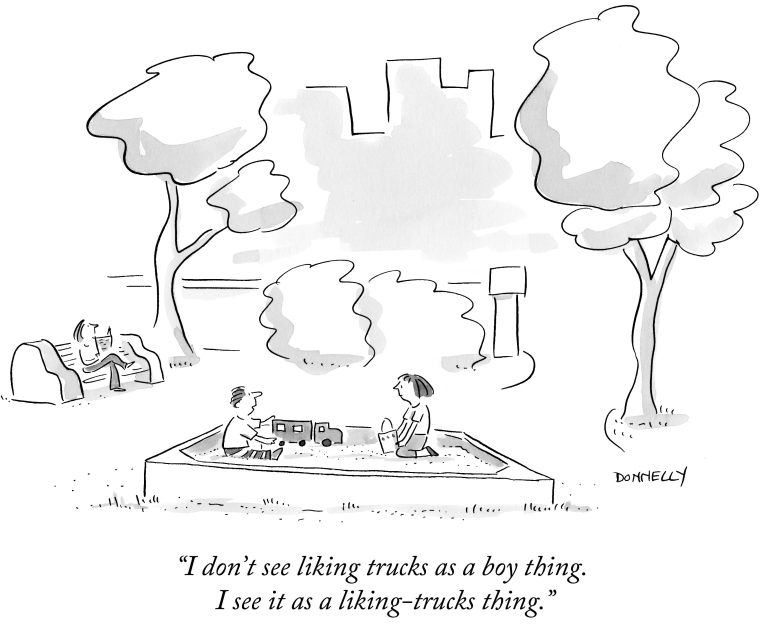Ever since Liza Donnelly was a small child, she always wanted to draw cartoons for The New Yorker. And in 1979, at the age of 24, her dream became reality.
Her mother, who encouraged her every step of the way, had been showing her cartoons from The New Yorker since she was a young girl, when she first learned to draw by tracing over others’ artwork.

Donnelly – who’s since written two books chronicling women cartoonists throughout history – recently spoke to Know Your Value about her rise to become only the fourth female cartoonist to work for the esteemed magazine at the time.
The artist honed her skills throughout high school in Washington, D.C., and went on to major in art at Earlham College, where she graduated with a bachelor’s degree in 1977.
Immediately after graduating, Donnelly knew she had to move to New York City to pursue her dreams of supporting herself through her cartoons. She took additional classes in cartooning and captioning at the School of Visual Arts and Parsons School of Design.
These classes, she explained, taught how to submit her work to The New Yorker successfully. Going forward, every week Donnelly would draw a batch of five to seven cartoons with funny captions and drop them off personally at the magazine’s offices. If the cartoons didn’t get picked up, Donnelly never heard back. And it was months of hand-delivering batch after batch before she had one win.
“My first sale was in ’79,” she recalled. “There were only three other women drawing cartoons for the magazine at that time [out of 45 men]. I became the fourth.”

While Donnelly has been open about being a feminist and featured many of her cartoons on an Instagram account dedicated to the topic, she was only aware of a few women on her industry who were doing similar work at other publications. Donnelly credited Lee Lorenz, who was the cartoon editor at the time, with broadening The New Yorker’s voice by hiring more women.
“Once you open up the doors of what is considered the norm, you get different kinds of people — you get women,” said Donnelly. “My work was quieter and not so typical, as was Roz Chast’s, the person that came in right before me — her work was very different.”

Now, the magazine has a female cartoon editor, Emma Allen, who Donnelly believes is responsible for bringing in many more women and people of color to contribute cartoons.
Donnelly became fascinated with the other women in her industry who were breaking down barriers and sharing their unique perspectives on current events. So passionate, in fact, that in 2005 she published a book called, “Funny Ladies: The New Yorker's Greatest Women Cartoonists And Their Cartoons,” which profiled all of the women in the magazine’s history. And when it came time to promote it, Donnelly decided she would set up her own book tour. “I was doing some talks around at universities and libraries, and I felt great because I was talking about other women,” she said.
It was around this time that Pat Mitchell, the curator for TEDWomen, asked Donnelly to come speak on a panel about women in media. After speaking on that panel, Donnelly felt inspired and emboldened: she wanted to deliver her own TED Talk. While the idea was scary, Donnelly was certain she had something worth saying. She decided to find confidence in her own value. She reached out to Mitchell to ask if she could speak at the 2010 TEDWomen talks and successfully advocated for herself.
“I had no idea if I could do this, but I pitched myself and she gave me a chance,” said Donnelly. “I knew it was like millions of people watching me, and I wasn’t that nervous for some reason. The first time the crowd laughed, I just got addicted. It’s so much fun to hear this much laughter at your cartoons that are printed huge behind you. And that was a life changer.”
Her talk went viral and reached more than 1.4 million views. Donnelly felt that she found her purpose by using cartoons to help women share their viewpoints in every field.
Now she’s releasing an update to “Funny Ladies” called, appropriately, “Very Funny Ladies,” expected to come out in November. She’s also written, edited and illustrated many other books.
Donnelly said that the feedback she’s received from women has been one of the most rewarding parts of her life. “At least one woman said to me that I was a big influence, when they see that you’re doing it then they feel like, ‘Oh yeah, I could do that too,’” she said.

And that’s her message to women – that they’re capable of making even their craziest dreams come true – even, and perhaps especially, if the field is male-dominated.
“I just came into it wanting to be a cartoonist, I wouldn’t take no for an answer, I just really had a strong feeling about that — I don’t know where I got that from,” said Donnelly. “I think being a child of the ‘60s made me feel that way — that I could do anything. And my parents made me feel that way. So you gotta just try to take a deep breath and stay true to what you believe and don’t listen to the noise around you and don’t listen to anybody tell you, you can’t do it.”
